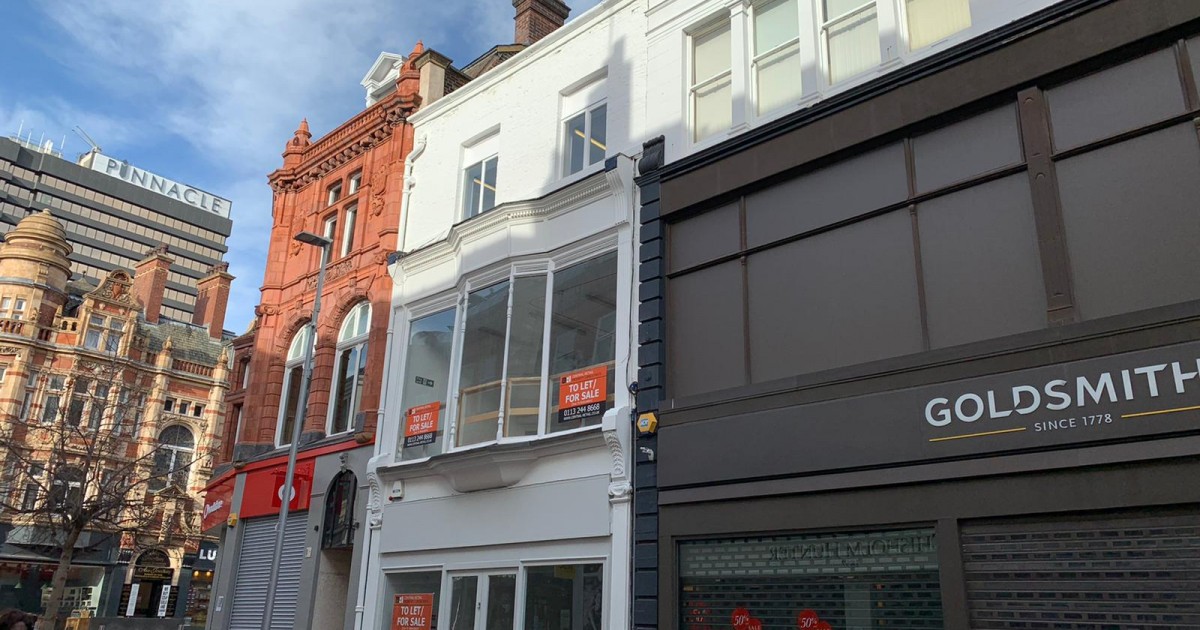In the current fast-paced retail environment, maintaining a inviting atmosphere is essential for standing out in a busy market. Retail refurbishment acts as a vital tool for businesses looking to revitalize their stores, enhancing not just the tangible environment but additionally the overall customer experience. It goes further than mere cosmetic changes; it is about strategically revitalizing your brand to draw in new customers, increase sales, and foster loyalty among existing shoppers.
As the shopping habits of consumers evolve, so too must retailers adjust to meet their expectations. A well-executed refurbishment can indicate to customers that a store is in tune with current trends, values, and their needs. From selecting the right color scheme to installing effective lighting solutions, every detail plays a role in establishing a trendy store environment that engages customers. This article explores notable success stories of retail refurbishment, showcasing the benefits, processes, and innovative strategies that reshape the retail space and set the stage for upcoming growth.
The Value of Retail Refurbishment
Store renovation is vital for preserving a market advantage in an constantly changing market. As consumer preferences shift and new trends arise, stores must adjust to keep up and inviting. A thoughtfully planned refurbishment can transform the shopping experience, demonstrating a brand's devotion to quality and progress. It signals to customers that the business cherishes their experience and is committed to providing an pleasant environment.
Moreover, renovating a retail space provides significant chances to enhance brand identity and messaging. By refreshing decorations, layouts, and look, retailers can create a unified image that connects with their core customers. This not only reinforces brand loyalty but also invites new customers curious by a fresh shopping atmosphere. A renewed store can become a destination in itself, attracting foot traffic and promoting extended visits.
Also, retail refurbishment can lead to greater sales and profitability. An enhanced customer experience often translates into higher conversion rates as shoppers find a more pleasant and engaging environment. Strategic updates, such as better lighting, revised layouts, and eco-friendly materials, can alter how customers connect to the products, resulting in increased interest and impulse purchases. Putting resources in refurbishment is therefore not just an aesthetic choice, but a savvy business decision that promotes growth and sustainability.
Design Strategies for Effective Revitalization
Creating a trendy store environment is essential for engaging customers and improving their shopping experience. One proven design tactic is to concentrate on layout optimization. A thoughtful layout not only enhances the flow of customer traffic but also facilitates engagement with various products by strategically placing in-demand items easily accessible. Consider incorporating specific zones that highlight different product categories, making it simpler for customers to explore and uncover new offerings.
Another key aspect of retail refurbishment is selecting the appropriate color scheme and design elements. Colors have a significant impact on consumer behavior, invoking emotions and affecting purchasing decisions. To create a inviting atmosphere, pick colors that reflect your brand identity and resonate with your target audience. Additionally, incorporate textures and materials that showcase current design trends, guaranteeing your store feels up-to-date and appealing. These aesthetic enhancements can change a dull shopping environment into an appealing destination.

Lighting plays a crucial role in creating the mood of your retail space. Effective lighting design can highlight key products and create an immersive shopping experience. Utilize a mix of ambient, task and highlighting lighting to create layers that draw attention to specific areas of the store. Eco-friendly lighting options not only reduce utility costs but also support a green refurbishment approach. By thoughtfully designing your lighting, you can elevate the overall ambiance and inspire customers to linger longer in your store.
Expense Factors and Financial Planning Tips
When planning for retail refurbishment, understanding the expenses involved is crucial for effective budgeting. Start by developing a detailed list of all possible expenses, including layout fees, materials, labor, permits, and unexpected costs. It’s wise to set aside at least ten to 15 percent of your total budget for unexpected expenses to avoid going over budget. This allows for flexibility should any unforeseen issues arise during the refurbishment process.
Evaluating quotes from various contractors can provide you with insight into the market rates and help you select the best option that fits your budget. Be specific about your design requirements and necessary upgrades to ensure you receive accurate estimates. Additionally, https://refurbishmentsuk.co.uk/best-retail-refurbishment/ to engage in open discussions with contractors regarding any options for budget-friendly measures that do not diminish the quality of the refurbishment.
To fund your retail refurbishment project successfully, explore different funding options such as small business loans, grants, or even community funding if applicable. A well-planned budget, combined with financing options, enables you to manage your investment wisely. Keeping track of all expenditures throughout the refurbishment will help you stay on budget and maximize your return on investment by ensuring that every dollar spent supports your overall goals for customer experience and brand enhancement.
